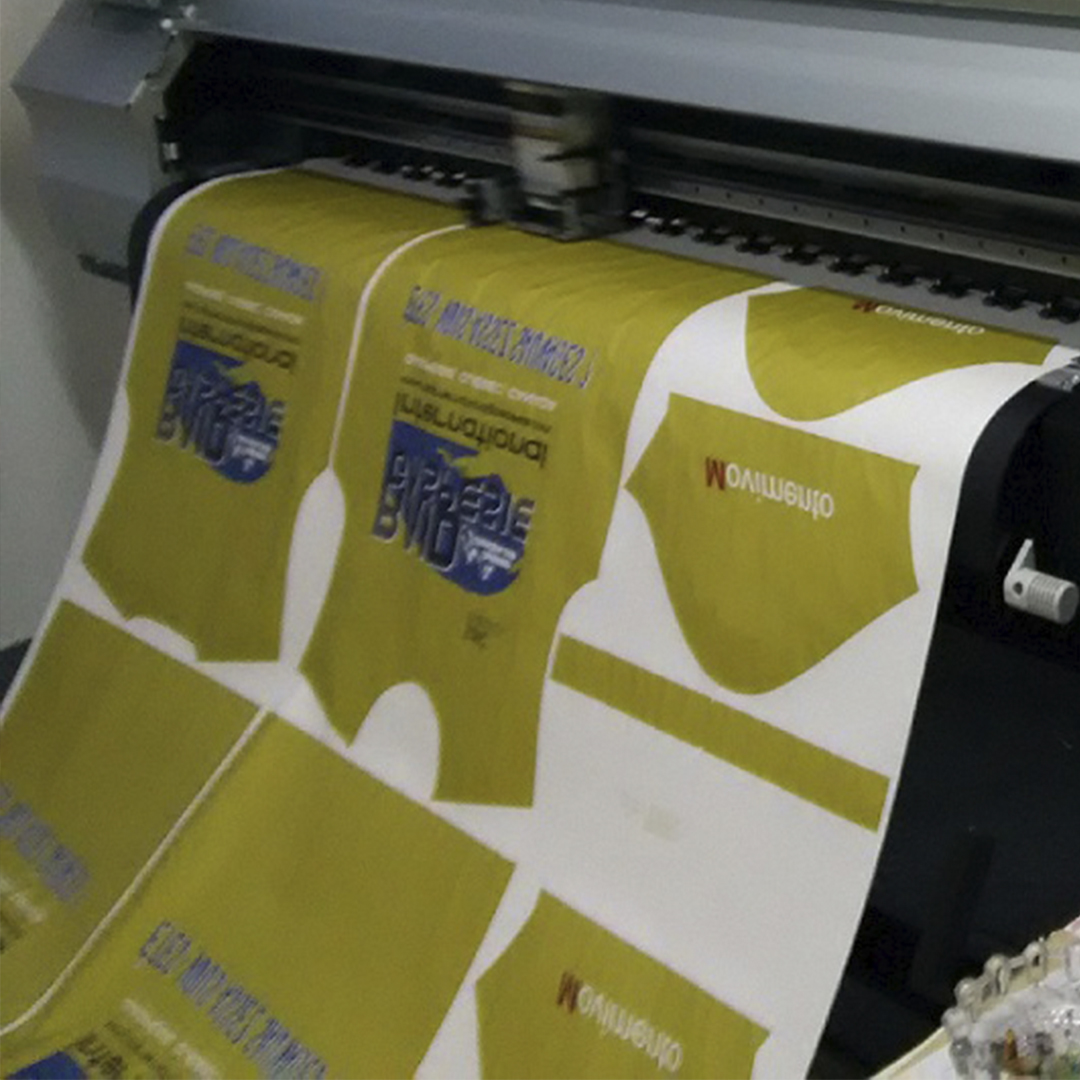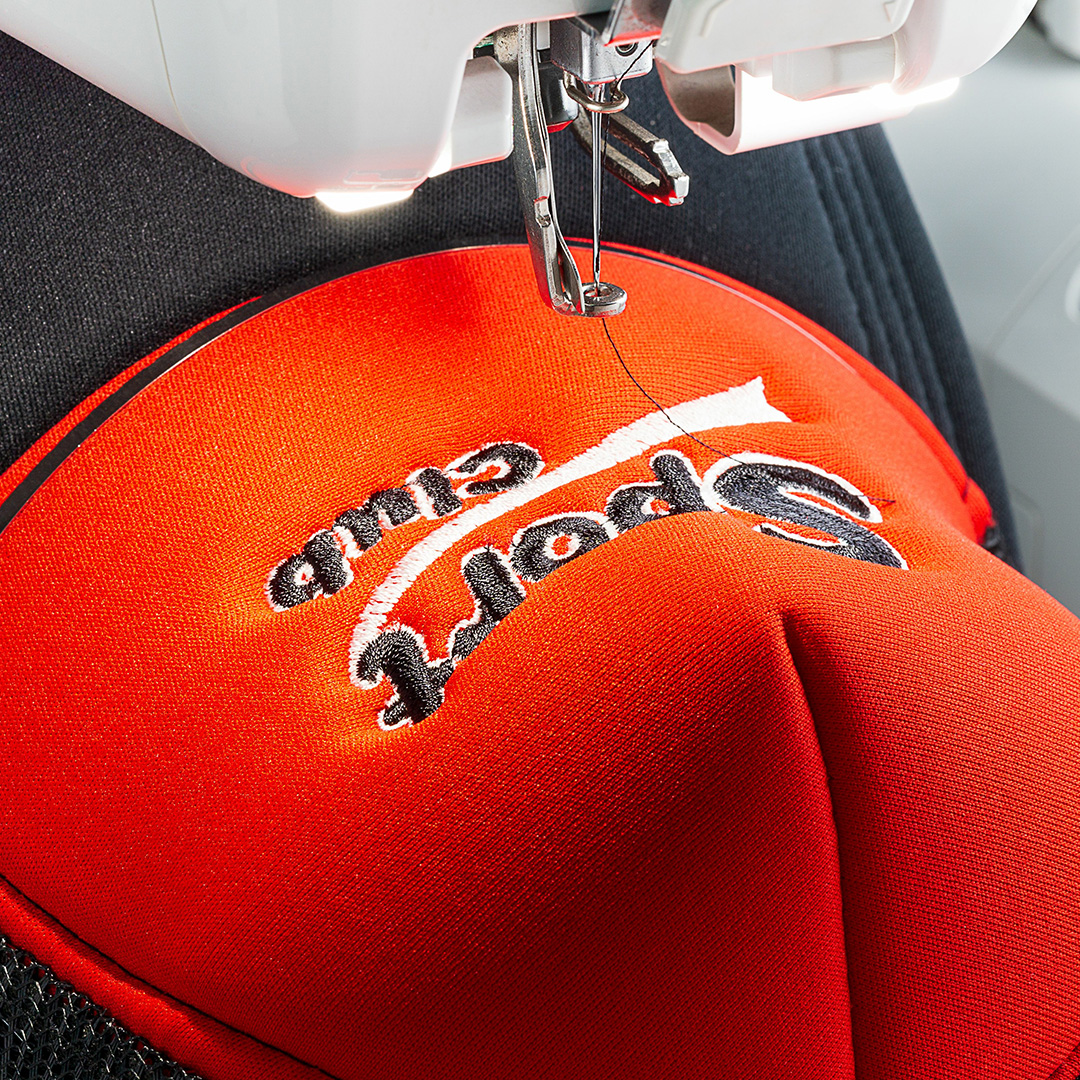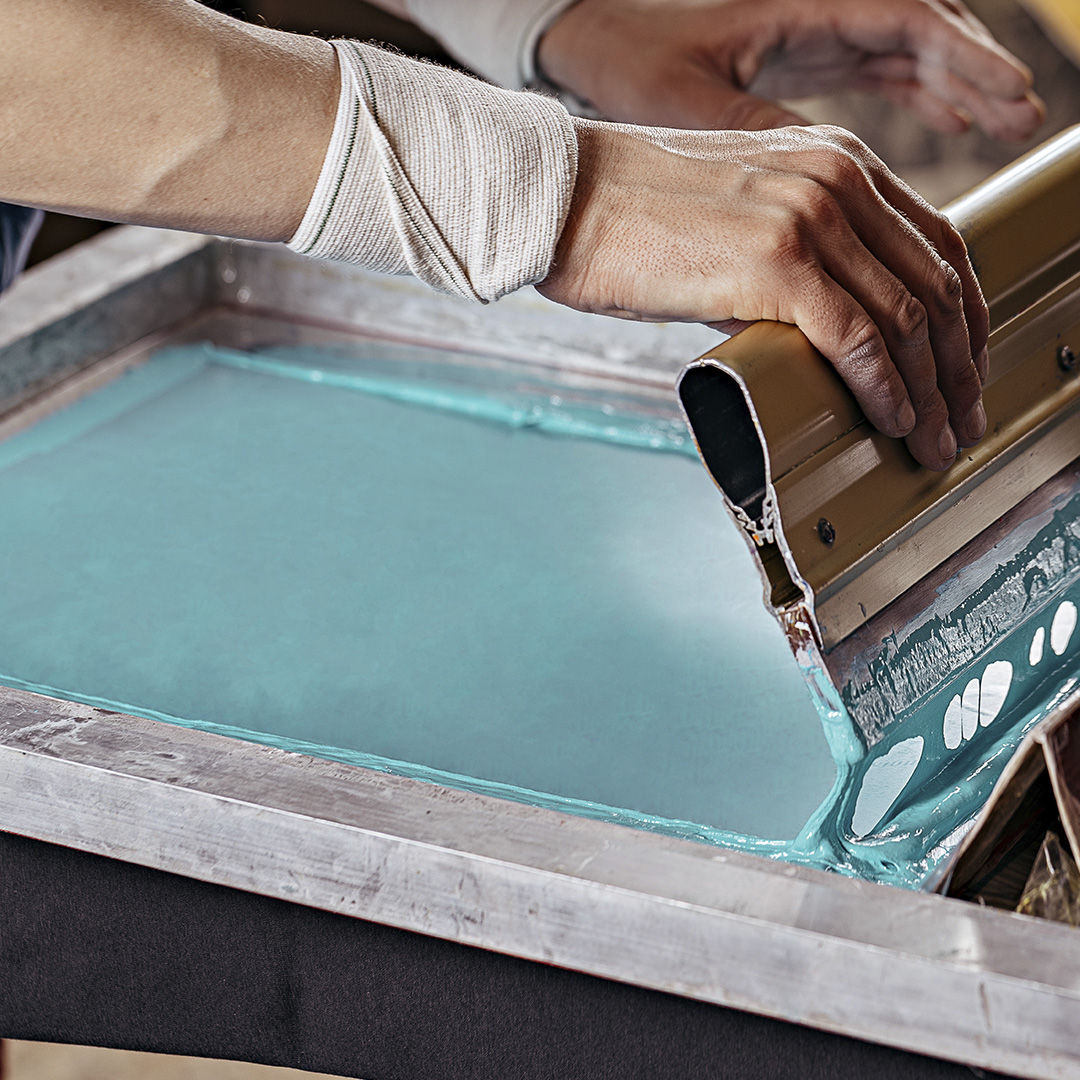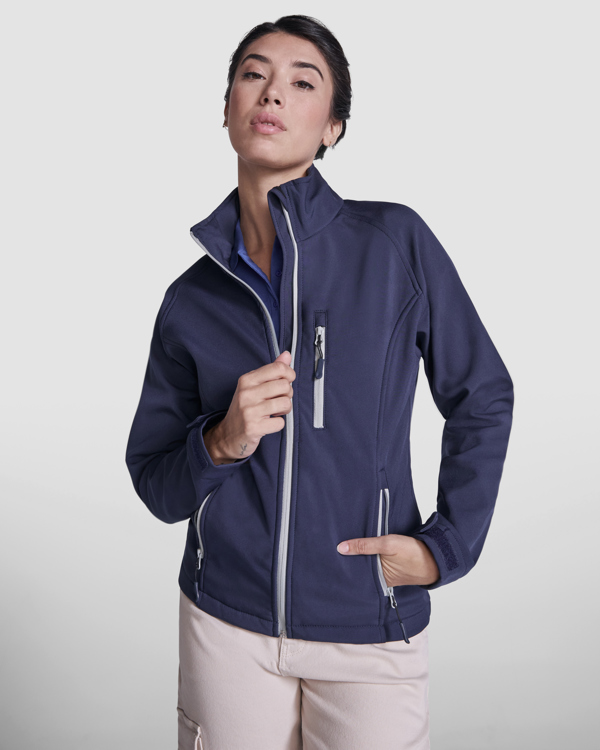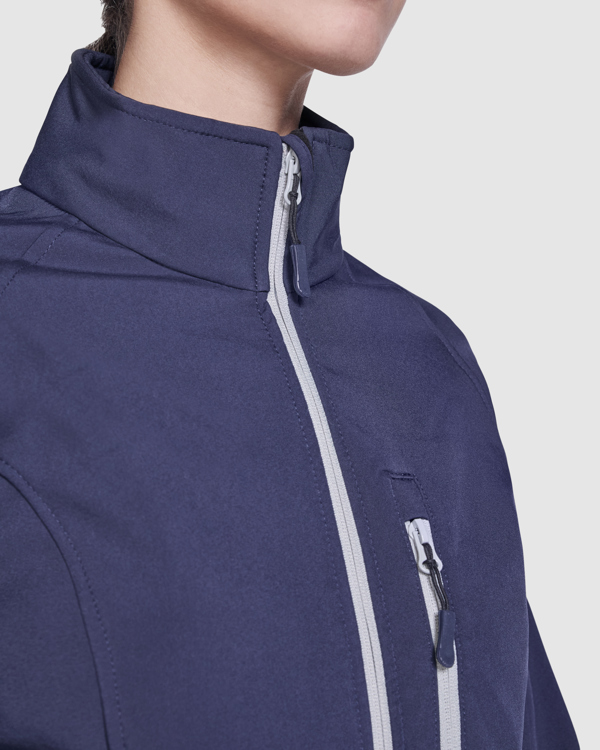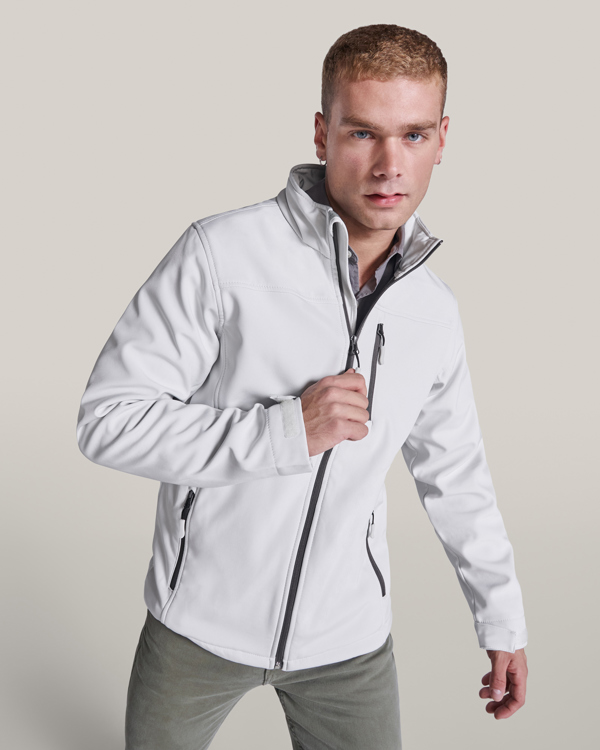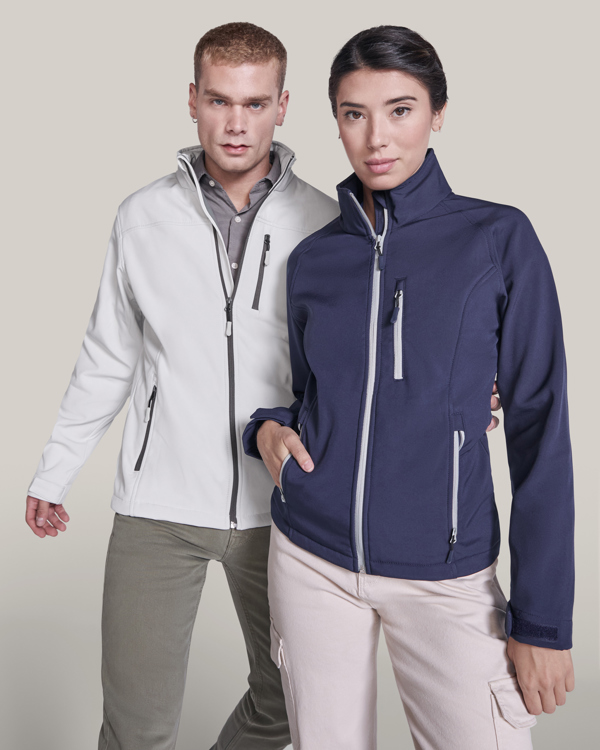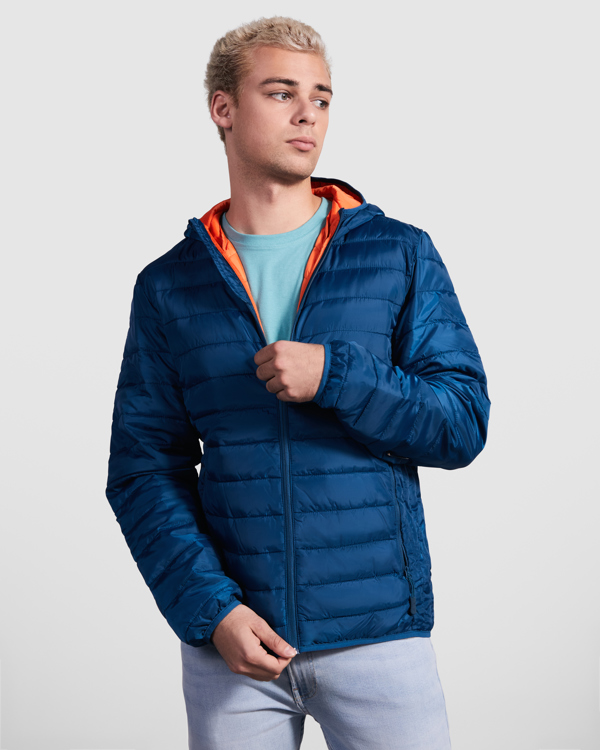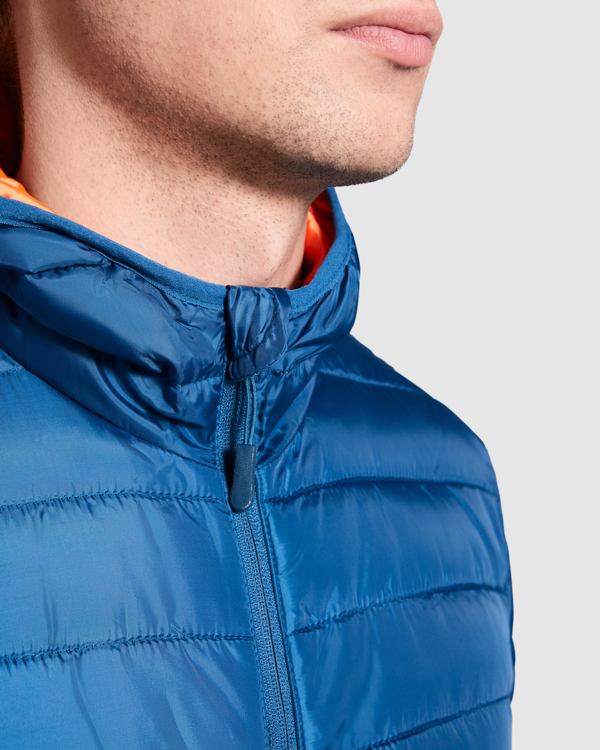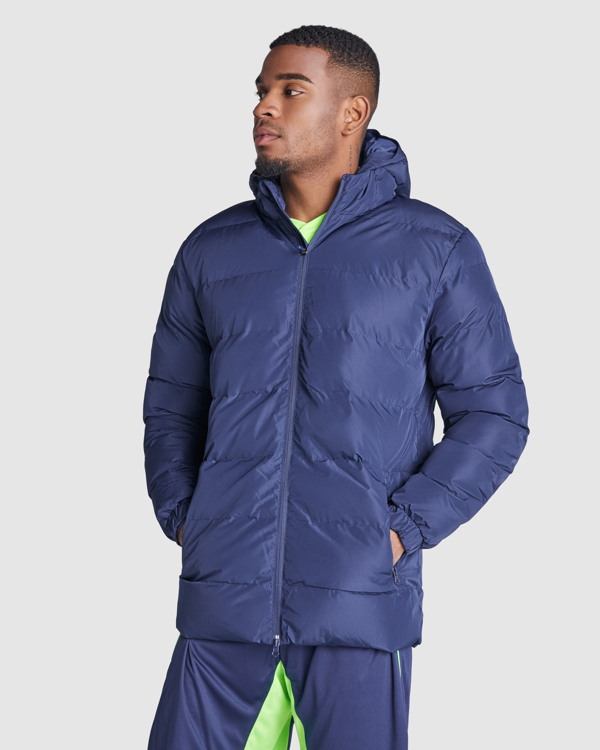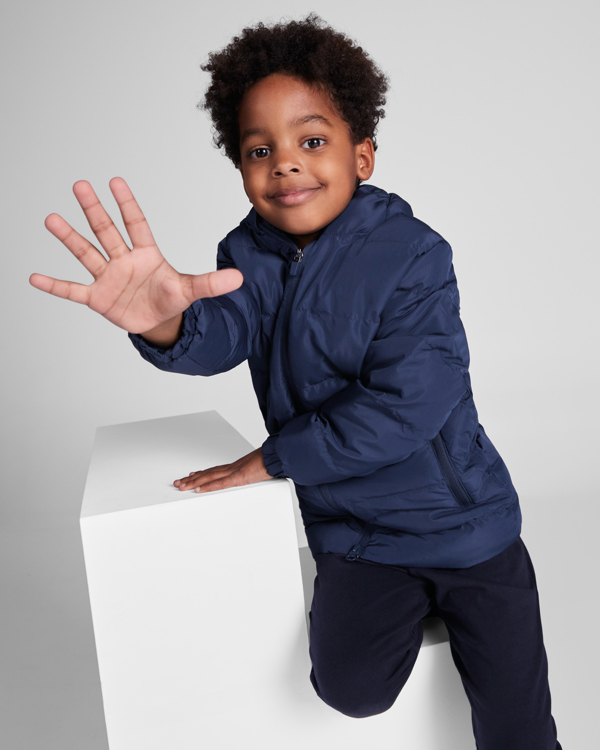The Notus women's padded softshell jacket – a perfect blend of style, functionality, and comfort. Designed with a modern look, this jacket features a detachable hood with snap buttons, allowing you to customise your look effortlessly. The tearaway-cutaway main label ensures tagless comfort against your skin. Facing the elements is a breeze with the centre front contrast reversed coil zipper and inner storm flap with chin guard. Essentials are kept secure in the front pockets with zippers and a convenient sleeve pocket with zipper. When in need of more storage there is also an inner mesh pocket. Made of 250 g/m² polyester mechanical stretch with a polyester taffeta lining, that does not only provide optimal padding and filling but also features an eye-catching pattern. With the Notus padded softshell jacket you don't have to compromise on either style or performance. This jacket is designed with a fitted shape for a feminine look.
Size:
0 x 0 x 0
Composition: Mechanical stretch woven of Polyester, 250 g/m2, Padding/filling, Taffeta of Polyester
Weight: 1050 grams
Units per box: 10 units
Box measurements: 38 x 42 x 55 (cm)
Digital transfer
Digital transfer is ideal for digitally marking small quantities and without color limitations. It's used on products such as document holders, backpacks, non-woven bags, cork products, and soccer balls.
Embroidery
The traditional embroidery technique allows you to personalize different types of fabrics with a high-quality finish. This customization technique is also highly durable and relies primarily on embroidering the chosen design with different colored threads. The cost of this technique depends on the area in square centimeters to be embroidered. Embroidery is primarily used on caps, T-shirts, polo shirts, blankets, towels, and all types of textile products.
Screen Printing
Screen printing is one of the most widely used techniques, allowing printing of up to six spot colors depending on the product and providing long-lasting and reliable results. This technique is applied to smooth surfaces, achieving high-resolution images. Screen printing involves transferring the design to a screen (polyester or nylon mesh) coated with a photosensitive layer that reacts with ultraviolet light. This light hardens the areas not to be printed, allowing the design to bleed through. This technique is often used on textiles, plastics, wood, or aluminum items such as T-shirts, bags, jerry cans, notepads, backpacks, and caps.
